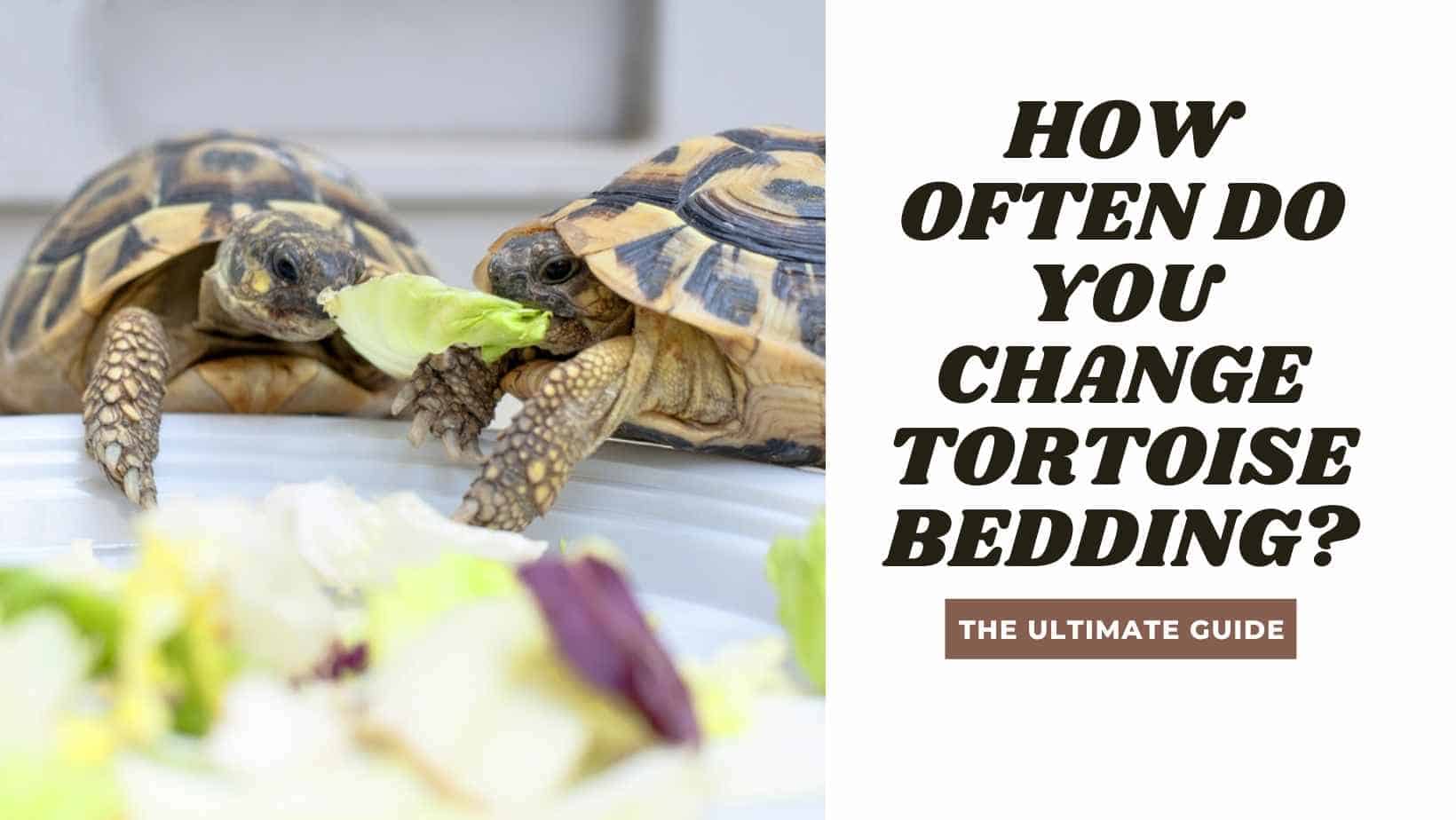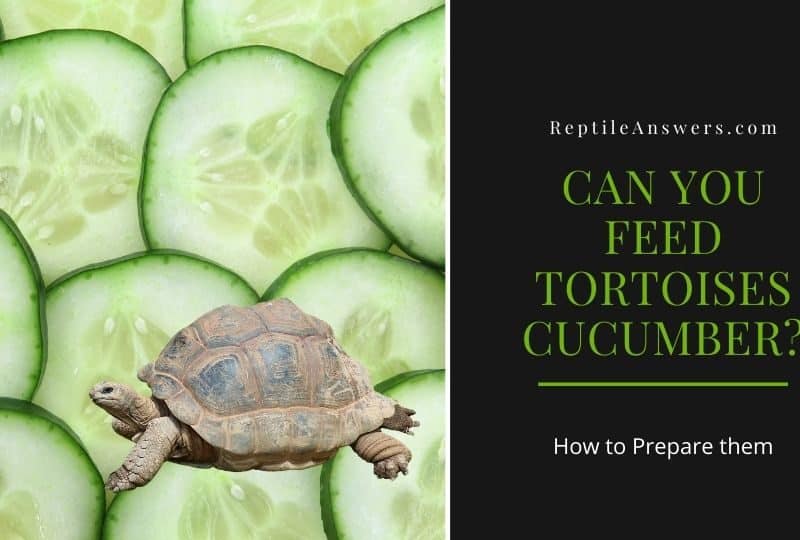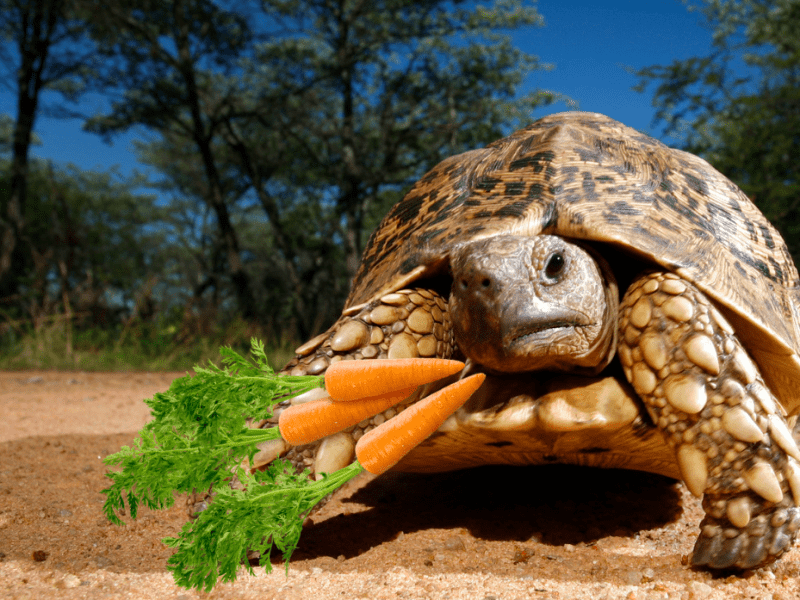If you’re a tortoise owner, then one of the most important things you need to know is how often you should change your tortoise’s bedding. Bedding is essential for keeping your tortoise healthy and happy, and if it isn’t changed often enough, it can become a breeding ground for bacteria and other harmful organisms. In this blog post, we will discuss the best way to change your tortoise’s bedding and provide some tips on keeping it clean and healthy.
What is tortoise bedding and why is it important?
Tortoise bedding is a type of substrate that is used to line the bottom of a tortoise enclosure. There are many different types of tortoise bedding available, but the most common type is made from compressed coconut fiber. Tortoise bedding is important because it helps to keep the enclosure clean and provides a place for the tortoise to burrow and hide.
In addition, tortoise bedding helps to maintain humidity levels and can be used to provide a variety of enrichment activities for your tortoise. Ultimately, tortoise bedding is an important part of providing a safe and healthy environment for your tortoise to live in.
How often should you change your tortoise’s bedding?
While the answer to this question may vary depending on the type of tortoise you have, as a general rule, you should change your tortoise’s bedding at least once a week. A clean, well-ventilated enclosure is essential for keeping your tortoise healthy, and fresh bedding is an important part of that equation.
What are the best ways to change your tortoise’s bedding?
When it comes to changing your tortoise’s bedding, there are a few things to keep in mind. First, you’ll need to choose the right type of substrate. Some popular options include coco coir, cypress mulch, and plain soil. You’ll also need to consider the size of your tortoise and the amount of space they have. If you have a large Tortoise with plenty of space to roam, you can go for a deeper layer of the substrate.
However, if you have a smaller Tortoise or a limited amount of space, a shallower layer will suffice. Next, you’ll need to decide how often to change the bedding. As a general rule of thumb, it’s best to change the bedding at least once a week, but you may need to do it more often if your tortoise is a messy eater.
Finally, you’ll need to make sure you have the right tools to do the job. You’ll need a shovel or rake to remove the old bedding, and a bucket or trash can dispose of it. You’ll also need a new bag of the substrate to replace the old bedding.
By following these simple steps, you can change your tortoise’s bedding safely and effectively. Keep in mind that changing the bedding is an important part of providing a healthy and safe environment for your tortoise, so don’t skip it!
How can you keep your tortoise’s bedding clean and healthy?
In order to keep your tortoise’s bedding clean and healthy, you will need to perform a spot cleaning on a daily basis. This involves removing any feces or urine, as well as any uneaten food. You should also perform a full cleaning of the enclosure every week.
This process involves removing all of the bedding and disinfecting the entire area. Once the enclosure is clean, you can add fresh bedding. When selecting bedding for your tortoise, it is important to choose an option that is absorbent and non-toxic. Some good choices include shredded newspaper, cloth towels, and grass hay.
By following these simple steps, you can ensure that your tortoise has a clean and healthy environment.
What’s the best substrate for a tortoise?

Tortoises are popular pets due to their docile nature, and they can make rewarding companions. However, keeping a tortoise requires some special care, as they have specific housing and dietary needs. One important consideration is the substrate or bedding material, that is used in their enclosure.
There are many different types of substrates that can be used for a tortoise.
Topsoil
The most popular option is topsoil, which can be bought at any garden center. Topsoil is a type of soil that is found at the top of the ground. It is typically dark in color and is rich in organic matter. Topsoil is an ideal substrate for tortoises because it holds moisture well and allows tortoises to bury themselves if they need to. Topsoil is also relatively inexpensive and easy to find.
However, because it is not as dense as other substrates, it can be more difficult to keep clean. As a result, topsoil is best used in small enclosures or as a temporary substrate.
Coconut husk
As any reptile lover knows, finding the right substrate for your pet is essential. Not only does it need to be safe and non-toxic, but it also needs to be absorbent and easy to clean. Coconut husk is a popular substrate choice for tortoises, as it meets all of these criteria. Coconut husk is made from the fibrous outer shell of the coconut, and it is completely safe for tortoises to ingest.
In addition, the coconut husk is highly absorbent, making it ideal for wetter climates. It also breaks down quickly, so it can be easily replaced when necessary. Coconut husk is an excellent substrate choice for tortoises, and it is sure to keep your pet happy and healthy.
Sphagnum moss
While there are a variety of options on the market, Sphagnum moss is an ideal substrate for tortoises. This type of moss is extremely absorbent, making it ideal for regulating moisture levels in the enclosure. In addition, Sphagnum moss is soft and spongy, providing a cushioned surface for your tortoise to walk on.
It is also relatively inexpensive and easy to find, making it a great option for budget-conscious pet owners. When it comes to finding the perfect substrate for your tortoise, Sphagnum moss is definitely worth considering.
Straw pellets
Straw pellets are a type of substrate that is often used for tortoises. Straw pellets are made from compressed straw, and they expand when they come into contact with moisture. This makes them an ideal bedding material, as they will help to keep the enclosure clean and dry.
Additionally, straw pellets are absorbent, which makes them ideal for use with tortoises that have respiratory problems. When using straw pellets as a substrate, it is important to change them regularly to prevent the build-up of bacteria.
having said that, straw pellets can also be a potential health hazard if your tortoise ingests them. So, be very careful while choosing straw pellets as a substrate for your tortoise bedding.
Precautions for a Tortoise bedding
A baby tortoise needs a special place to call home. His new home should have 2-3 inches of smooth and solid bedding that he can’t dig under and escape. The walls should be high enough so he can’t climb over them and escape. There are two things you need to know about the type of bedding to use in your tortoise’s home. First, don’t use sand as bedding.
It’s fine for adult tortoises to live on sand, but baby tortoises can easily develop a condition called hypovitaminosis A, which is caused by a lack of vitamin A in their diet. This can lead to eye and respiratory problems. Second, don’t use cedar or pine shavings as bedding.
These shavings release a harmful essential oil that can cause respiratory problems in tortoises. The best bedding to use is a soil mix with some organic matter, such as compost or peat moss. You can also use indoor/outdoor carpeting, which is available at most pet stores. Just be sure to replace the carpeting every few months, as it will become soiled and stained with tortoise urine and feces.
Coconut Substrate for Tortoises: Coco coir
Coconut substrate is a type of bedding material made from the fiber of coconuts. It is often used as an alternative to traditional bedding materials such as hay or straw. Coconut substrate has a number of benefits for tortoises.
- First, it is highly absorbent, so it can help to keep the enclosure clean and dry.
- Second, it is soft and comfortable, which helps to keep tortoises happy and healthy.
- Third, it is natural and eco-friendly, so it is a good choice for those who want to minimize their impact on the environment.
There are a few things to keep in mind when using coconut substrate, however. First, it should be changed regularly to prevent the buildup of bacteria. Second, it should be used sparingly, as too much of it can be harmful to tortoises.
Finally, it is important to make sure that the coconut substrate is dust-free before using it in an enclosure. You can do this by baking it in the oven for a few hours.
Conclusion
In conclusion, there are a number of different types of tortoise bedding that you can use in your tortoise’s enclosure. When choosing a substrate, it is important to consider the needs of your particular tortoise. Some substrates, such as Sphagnum moss, are absorbent and help to regulate moisture levels, while others, such as straw pellets, are soft and comfortable. Coconut substrate is a good choice for those who want to use an eco-friendly bedding material. It is important to remember that different tortoises require different types of bedding, so be sure to do your research before making a decision.



